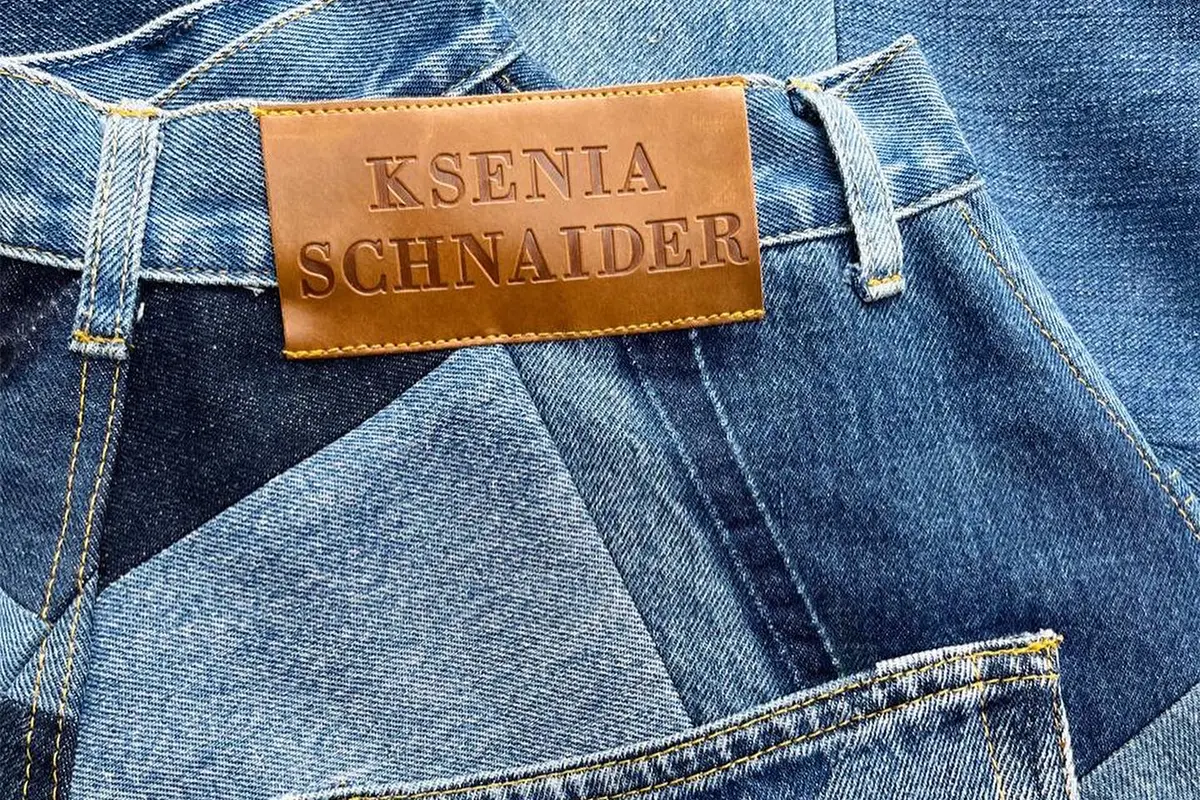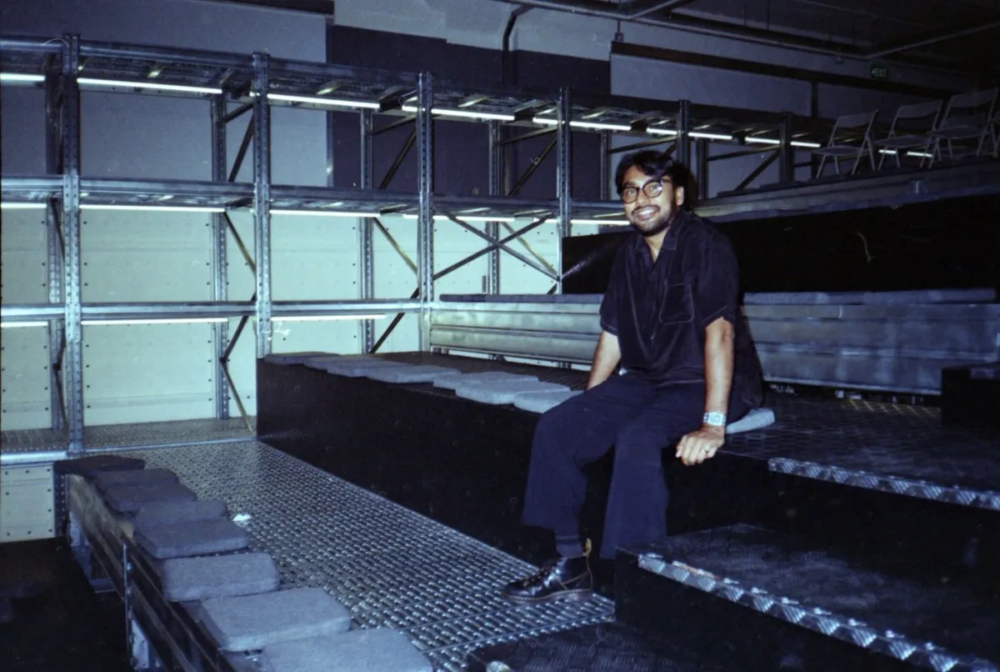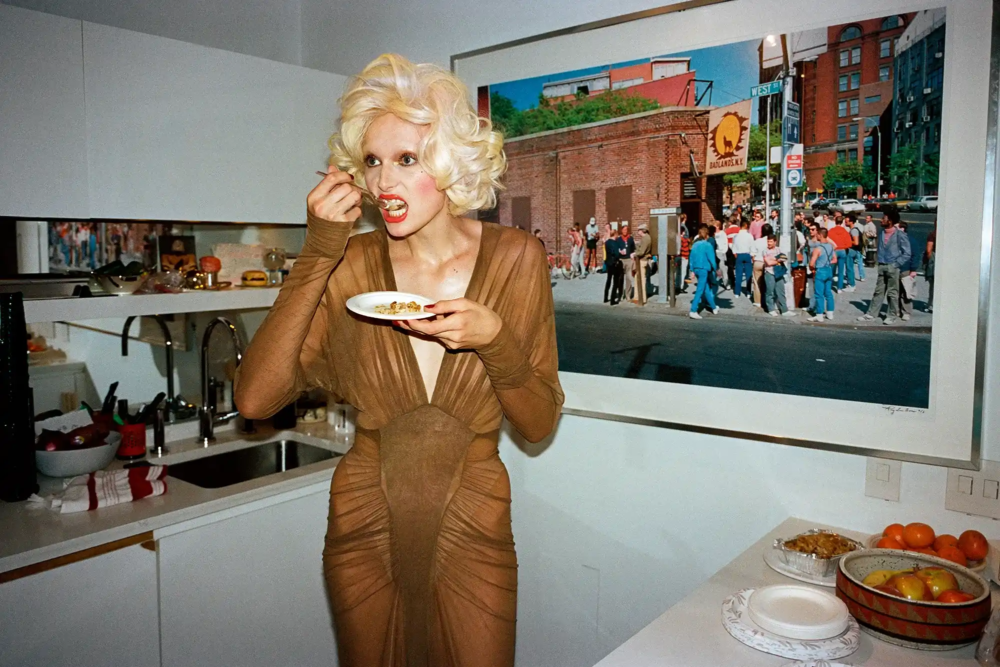
Ksenia Schnaider, Ukraine: «If I produced anywhere else in the world, I’d betray my country»
Ksenia Schnaider is the designer of her eponymous brand, based in Kyiv: having a local production the brand is heavily affected by the war, both business-wise and personally
When Ukraine has been invaded by Russia
The Russian invasion of Ukraine was initiated in late February this year and the world was in shock. The unprovoked invasion tore apart families, killed thousands of civilians, and forced millions of Ukrainians to leave their homes and start new lives as refugees.
Before the war, the Ukrainian fashion scene was considered one of the most interesting outside of the established fashion industry. A new generation of Ukrainian designers was leading the way in how a fashion brand could make use of local manufacturing and hence have short and distinct value chains. With a high level of creativity, combined with domestic production, Ukrainian fashion was a great example of how brands could operate sustainably on a local level.
The war has affected Ukrainian fashion designers as well. Many have left the country, got their factories destroyed or inventory has been stranded in war zones. Instead of the upsurge, Ukrainian designers had prior to the war, they have now adjusted to new realities. One brand that has been highly affected — both on a business and personal level — is the Kyiv-based brand, Kseniaschnaider.
The foundation of Kseniaschnaider
Kseniaschnaider was founded in 2011 and is run by the married couple, Ksenia and Anton Schnaider. Before the invasion, the couple was operating in Kyiv, where they employed around 30 people, working with everything from retail to marketing to production. A year ago, they also opened their first flagship store in central Kyiv.
When the invasion reached Kyiv, Ksenia and Anton quickly decided to leave. Living close to the airport, constant air sirens held them awake during the night. Together with their daughter, they left Kyiv and headed towards the Polish border in search of a protected place to stay until the situation was stabilized.
«We went there without any belongings, just a few items to change. We spent a week or, or maybe more, uh, and the situation became worse, so we decided to cross the border. We didn’t have any plans or ideas. We just wanted to find a safe place for our daughter», Ksenia explains. With help from both industry colleagues and other Ukrainians, the family has spent time in both Budapest and Berlin, respectively, and are now settled in the UK.
How to keep your brand alive
At the beginning of the war, the fashion brand Kseniaschnaider was put on hold. The struggles of being a fashion entrepreneur had been replaced by the battle of being a war refugee. The money that was in the company, Ksenia decided to send to her employees so they could make a living. After some time, while residing in Budapest, Ksenia realized that the company was about to shut down.
— I realized that we didn’t manage to sell our new collection. We didn’t have any appointment with buyers, [sale] season is over and I’m in Budapest. My production is closed and my team is everywhere in the world. It was a shock. At that time I thought maybe it was not possible to continue. Maybe, I have to face that we will close the brand and I need to find just any job to survive. You know, that were dark times.
However, with the support from both colleagues and customers, they came up with an idea to make the business keep on going without having access to any resources. The company opened its online store and started to sell ”support cards”. Customers were then able to buy and support with an optional amount of money, which later would be granted with discounts or garments from upcoming collections. The initiative received 10 000 euros in two months, which went directly to Kseniaschnaider’s employees.
In a terrible situation, the brand kept operating due to survival instinct, rather than creativity and joyfulness which in normal times would describe the incentive of running a fashion brand. «When I was in Budapest, I think it was four months into the war, I was thinking I could never design or create something again. I didn’t listen to any music. I didn’t watch any movies, I didn’t scroll Instagram — it was times of silence. You’re just reading the news and communicating with your family and friends, that’s it. You cannot focus and think about anything in life», Ksenia says.
[envira-gallery id=”119570″]
Designing in times of crisis
It all changed when Sarah Faisal Ahmed, Chief Creative Officer of the American denim brand, DL1961, reached out to Ksenia which got her on the right foot again. Faisal Ahmed who has experience from 9/11, shared her insights and background and pushed Ksenia to start designing again. Together they produced a collaboration, in which DL1961 took care of production and logistics. Out of pure necessity, rather than will, Ksenia produced her first designs since the war’s inception.
— I needed money at that time. To be honest, it was also the only motivation for me. But when I started drawing, thinking about what material we can use, what technology — it was like, you know, I was feeling that I’m coming back to myself, what I had lost. I’m grateful to Sarah for her support. To be honest, if she didn’t push me to do it, I don’t know, maybe I would be lying in my bed crying all the time. But she made me do it [designing] again.
The restarting of production
Back in Kyiv, the employees who had stayed started to feel bored and wanted to get back to a, somewhat, normal life. It was when Kseniaschnaider’s Head of Production reached out to Ksenia. «She texted me saying, ’Ksenia, maybe we can restart our production because I’m going crazy. I’m just staying home all the time, watching the news. I need to do something, just to get back to reality’. And she explained that she knew that some of our workers were in Kyiv and that they could do something. I respect their decision, so we restarted production at the beginning of summer. We didn’t have any orders, but we had some remaining fabrics. So, they produced out of these leftovers, just to keep them occupied and for us to have some new items to be able to sell».
Ksenia, who during spring had returned to Kyiv to open up storage and get some belongings, had experienced the war first-hand and was well aware of the dangers related to it. So, when the production once started, it was the local workers who initiated it. With production slowly restarting, some stores also started to place orders, with agreements that were well customized for a war-torn country.
How support from the industry helped to preserve the brand
The support from industry colleagues has been a huge factor in how the brand has been able to persevere. Fashion, which in many cases could be seen as a competitive industry, has supported the Ukrainian fashion industry on many levels. One example is the past fashion weeks, in which Ukrainian designers have been a recurrent element on schedules all over the world.
Locally, before the war, the Ukrainian fashion industry was more competitive, rather than collaborative. The critical situation has made the designers come together and co-operated in a way that earlier was unimaginable. Early on, a WhatsApp group was initiated in which Ukrainian designers shared experiences and organizations to get help. Facing equal problems, the chat group has been a great resource for many designers to continue. Something that, according to Ksenia, has created a close bond among the designers, »I know that I can call any Ukrainian designer to ask for any help, and I know for sure that I will get it. We’re not competitors anymore. We feel as a family and we need to survive. For us, it’s not a question of developing, growing, and earning money. It’s a question of surviving. That’s why we’re all united and help each other«.
Together they have also launched a new initiative in which garments are labeled ’Produced under Air Sirens’. Instead of just signaling that the garment is made with local production, the label is amplifying under what circumstances the garment has been produced. «The customer can value this product. It’s not only a piece of cloth, it’s something bigger because it’s a possibility for people to survive, to be able to work, no matter what» Ksenia explains.
Sustainability in times of crisis
As a brand, Kseniaschnaider is operating with an inherent approach to sustainability, they describe it as being part of their DNA. With in-house production and materials sourced from second-hand clothing or waste, the brand works with upcycling and repurposing practices.
Practices that haven’t been easy to hold onto in a time of crisis. «When our production was closed, I was checking with different production sites in Turkey, Portugal, and Poland. I was trying to find maybe something suitable for us. And I faced that it was impossible. I mean, not everyone can do what we do in terms of upcycling», Ksenia explains and continues «I think now it’s crucial to produce in Ukraine.
To pay taxes in Ukraine, to support our economy, and to support my team. If I would produce anywhere in the world, I think I’d betray my country. My fight is to be able to support, to create something beautiful, something meaningful, and to sell it without any harm. I see it as my mission. Because I was depressed. It was moments when I decided I cannot continue. But, realizing what we have built and that it can so easily disappear. No, I felt I need to continue».
Kseniaschnaider
Ukrainian fashion brand founded in 2011. It is managed by the married couple Ksenia and Anton Schnaider. Since its foundation, the brand has been working with repurposing and upcycling garments into new designs, for both men and women. Having an in-house production the brand is producing its garments locally in Kyiv, Ukraine.







